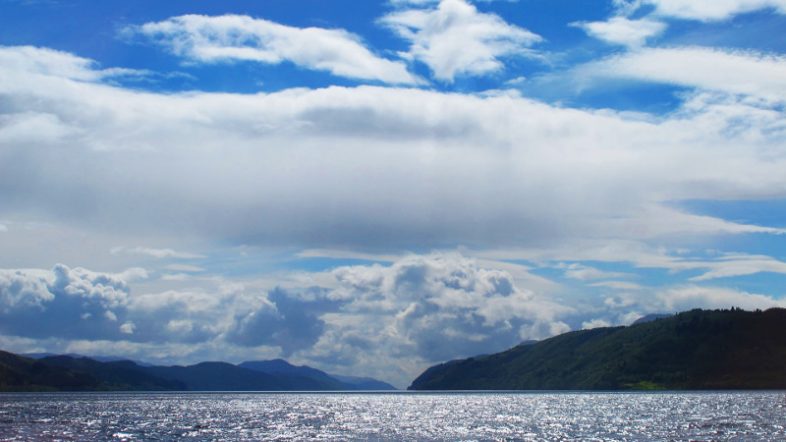
A new report, ‘Vision for National Marine Parks’ commissioned by Blue Marine Foundation (BLUE), reveals the extent that leaders in coastal communities are beginning to explore how community-led national marine parks could boost economic growth, public health and economic recovery and revolutionise how the public views the ocean in a future Scotland.
They say that local agreement on up to three national parks along the Scottish coast is possible in the next five years, led by communities not by government. Among those areas where community interest has been demonstrated are Argyll Coast and Islands, where a coastal and marine park was suggested by the local authority as recently as 2017.
On the south coast, Galloway is an area where both past studies and recent consultation by a local campaign group have revealed local support for a national park which could extend into the sea. Further north and east the idea has been mooted in places as diverse as Fair Isle, Shetland and the Western Isles and BLUE’s main vision report includes Berwickshire and the Northumberland coast. However, the locations and boundaries of any national coastal and marine park would be for communities to decide.
National Marine Parks
As a country almost surrounded by the sea, marine experts believe it is time Scotland made the most of the blue planet on its doorstep. The pandemic has shown us how much we value our outdoor spaces and National Parks. Now, many key experts believe, is the perfect moment to look beyond the green and towards the blue and appreciate the marine habitat and cultural heritage that surrounds our country when we visit the beach. Protecting open spaces to support the nation’s mental and physical health and well-being should include the seascape as well as the landscape.
Scotland’s two national parks bring in £720 million a year to the economy. Wales’s three national parks generate over £500 million. England’s ten national parks contribute £4 billion. The Jurassic Coast brings £111 million per year into the Dorset and Devon economy.
The NGOs are calling for local leaders to explore the value of creating bottom-up, National Marine Park status for their coast and sea. Plymouth Sound National Marine Park in Devon was self-declared by 70 stakeholders including Blue Marine Foundation in 2019. Other locations where a marine park is being discussed include Jersey in the Channel Isles, the Isles of Scilly off Cornwall and extending the Pembrokeshire Coastal National Park in Wales out to sea.
Marine Life
Annabel Lawrence, from the Community Association of Lochs and Sounds and an Argyll Hope Spot champion said: “One of our challenges is disconnect between land and sea – most people don’t know what’s going on under the surface of the sea. A Marine Park could really tell the story about our marine life – it could mimic something that people recognise from National Parks on land.”
The seas surrounding Scotland contain iconic wildlife including skates, rays, porpoises and basking sharks, sea horses and beautiful corals. But few people know what’s under the sea or have a chance to see it. National Marine Parks would promote access and enjoyment while protecting life in the sea and healthy seas for our future. The NGOs promoting this vision will explore how and where it could work for Scotland and hope to translate it into reality over the next five to ten years.
This press release A Vision for National Marine Parks in Scotland was published on 8th June by Blue Marine Foundation. Read the report.
Tags: Argyll, Community, Hope Spot, Protected-Areas